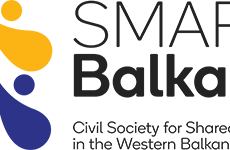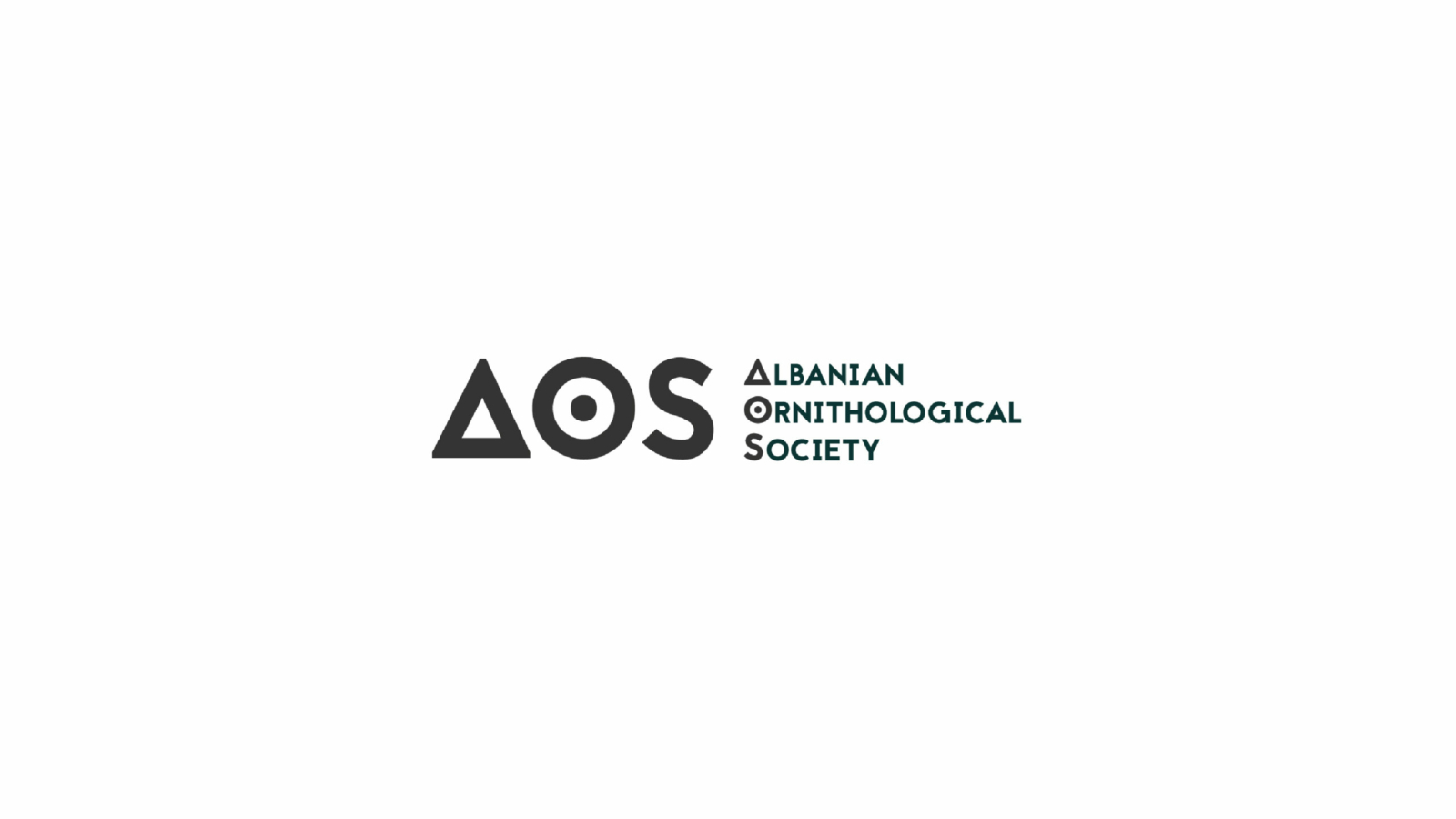Summary of the project
The project will address the preservation of the territorial and ecological integrity of three National Parks, recognized by IUCN and national legislation as category II Protected Areas (PA):
- Divjakë-Karavasta National Park,
- Butrint National Park, and
- Lure-Mali I Dejës National Park.
The three PAs above-mentioned have recently suffered the most significant reductions in surface and territory due to DCMs, No. 59/2022 and No. 60/2022. Precisely to better recognize and preserve these ecosystems, this project through (PA – BAT+), a holistic, innovative, coherent, and comprehensive method of evaluation of PAs designed by IUCN, will address the protection of the three National Parks through the assessment of ecosystem services that these areas provide for the benefit of local, national, and international communities.
Project goals
The project’s overall goal is to preserve Protected Areas’ territorial, geographical, and socio-ecological integrity through advocacy and guaranteeing decision-making to support innovative, scientific, comprehensive, and sustainable models and strategies for the assessment and protection of Protected Areas.
Target groups and beneficiaries
- The entire network of environmental organizations;
- Local communities in selected Protected Areas;
- Local communities throughout the network of Protected Areas;
- The general public;
- Central administration responsible for environmental policies and decision-making.
Main activities
Meetings with experts and private and public authorities with influence in decision-making and civil society;
- Proposals for amendments to the legal and institutional framework of PAs;
- Strategy for PA with technical legal guidelines through recommendations from best practices;
- National Forum for comprehensive awareness with specialists in the field, with representatives of the coalition, civil society, and the scientific community closely involved in the cause;
- Meetings and field visits with various community actors, interviews with the local community;
- Publication of awareness-raising and informative articles/posts on AOS social networks;
- Participation in television, radio/podcast interviews as well as articles and investigative publications of national and international platforms;
- Press conference related to the cause;
- Production, distribution, and design of video spots, reportage on social networks and more widely;
- Social and interactive stakeholder meetings to discuss Protected Areas.








